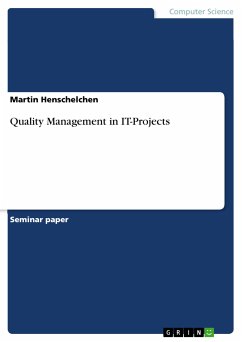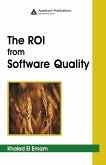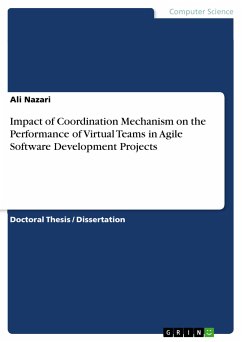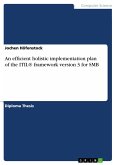Seminar paper from the year 2022 in the subject Computer Science - Commercial Information Technology, grade: 1,7, University of Western Sydney (School of Engineering, Design and Built Environment), course: Time and Quality Management, language: English, abstract: To map modern business processes in IT systems, increasingly complex software solutions and interfaces are required. When developing these, specific quality requirements must be met. Without an adequate and suitable quality management, problems can arise during the development; for example, if changes are made in the day-to-day business during a project, these often also impact the goals and technical requirements. If test specifications are missing, no overview of the required test cases is possible. If test cases from previous versions are not available as regression tests, the adaptations of the existing software are not or only insufficiently tested. Later software failures or faulty data processing can cause high damages due to production downtimes, damage to reputation and demotivated employees. Poorly or untested software and projects in which requirements are only inadequately met can lead to cost overruns and missed deadlines and thus jeopardise the company's success Unfortunately, while regular projects can be clearly circumscribed, planned and executed, and the requirements are mostly determined from the beginning, this does not seem to apply to IT developments. IT projects are not an end in themselves but serve specific business units to fulfil their tasks. Often, certain activities shall be carried out more efficiently through IT-supported processes, or additional outputs will be generated to benefit the company. The concerns here can be manifold. However, it is often essential that at least two areas communicate with each other that have little understanding for each other. In practice, it often looks like the business department tries to explain to the IT department what is needed without naming specific IT attributes. On the other hand, the IT employee tries to translate the described wishes and programme them. Unfortunately, the IT employee often lacks the technical knowledge of the subject and doesn't know which data should be linked with each other or which algorithms describe the process best.
Dieser Download kann aus rechtlichen Gründen nur mit Rechnungsadresse in A, B, BG, CY, CZ, D, DK, EW, E, FIN, F, GR, HR, H, IRL, I, LT, L, LR, M, NL, PL, P, R, S, SLO, SK ausgeliefert werden.









